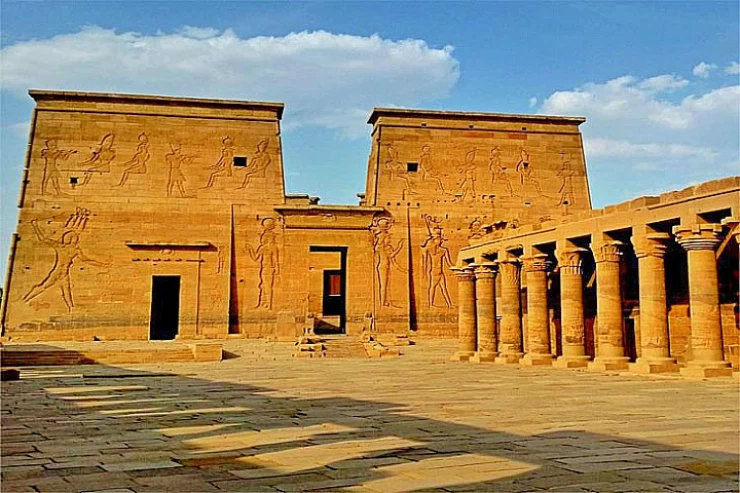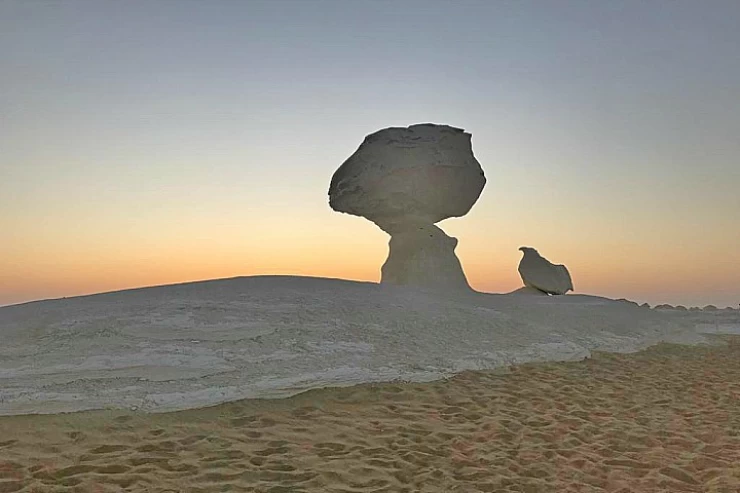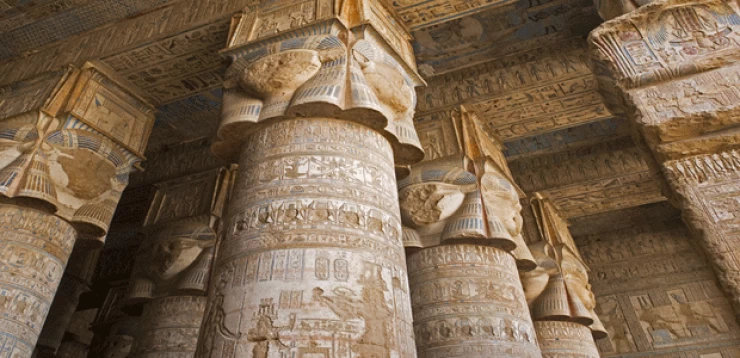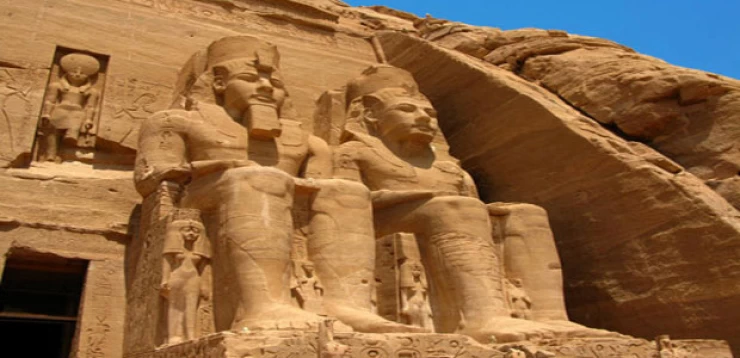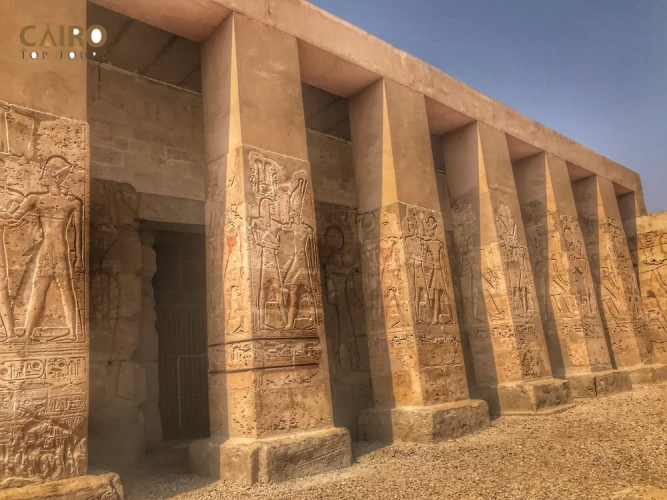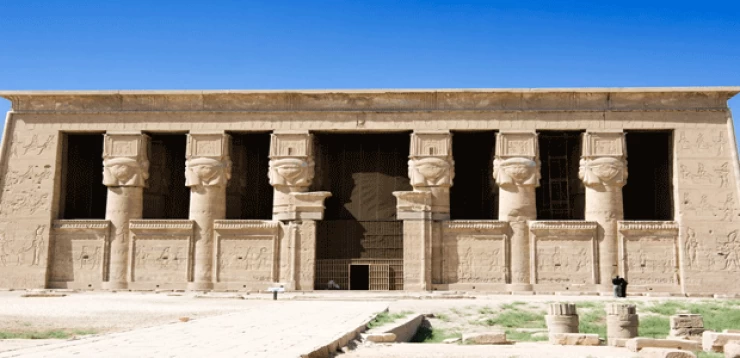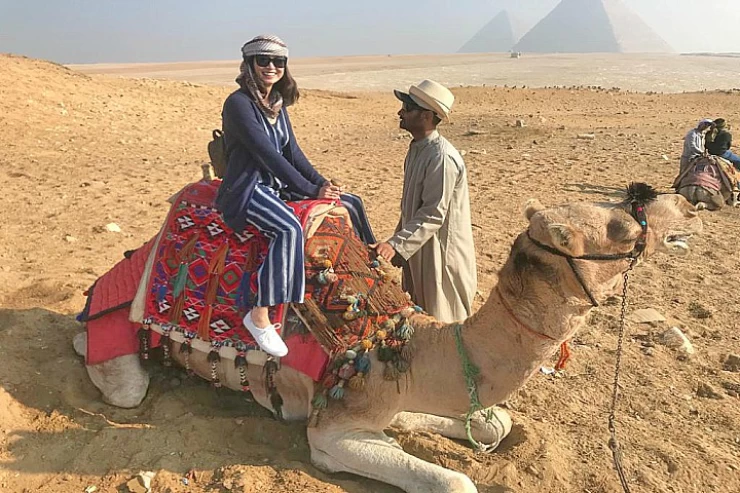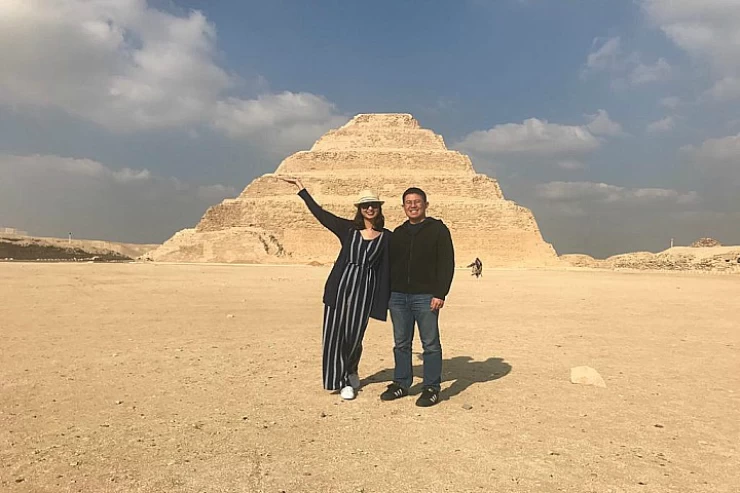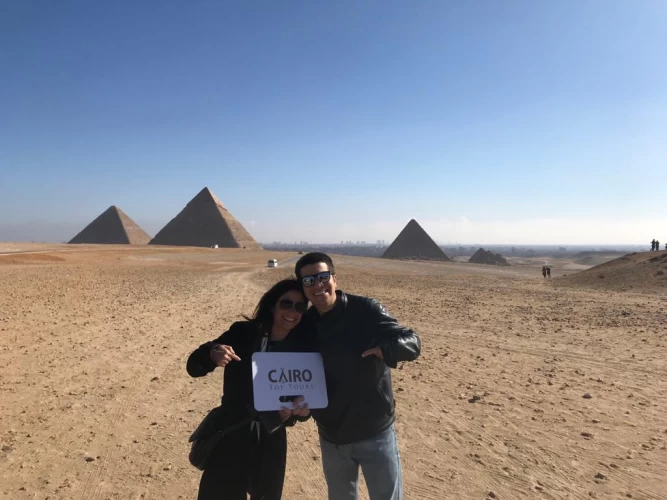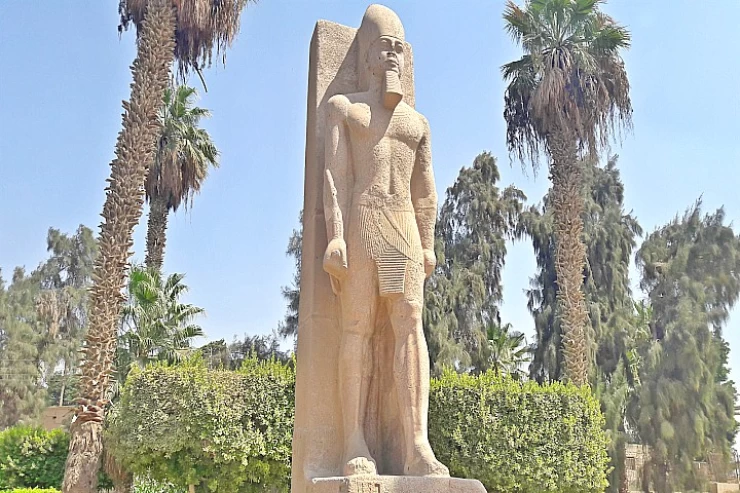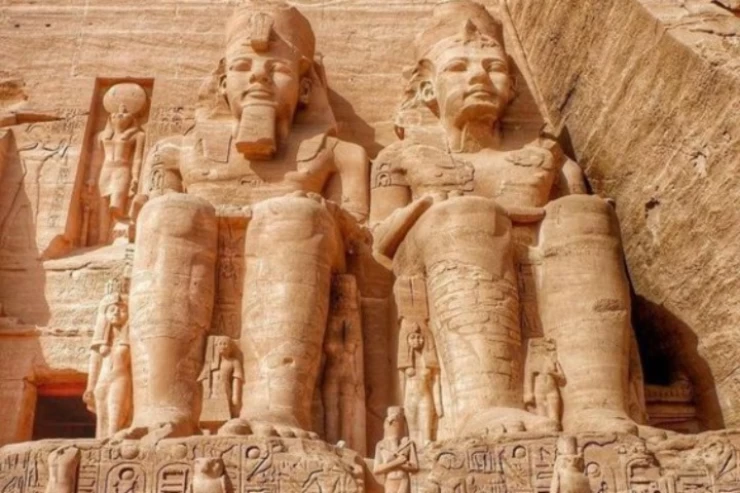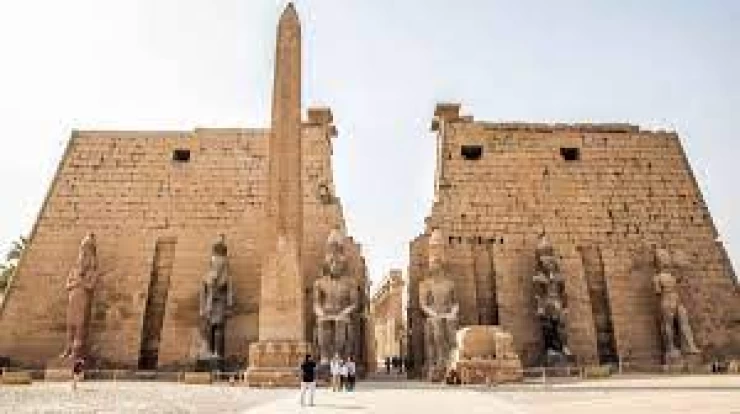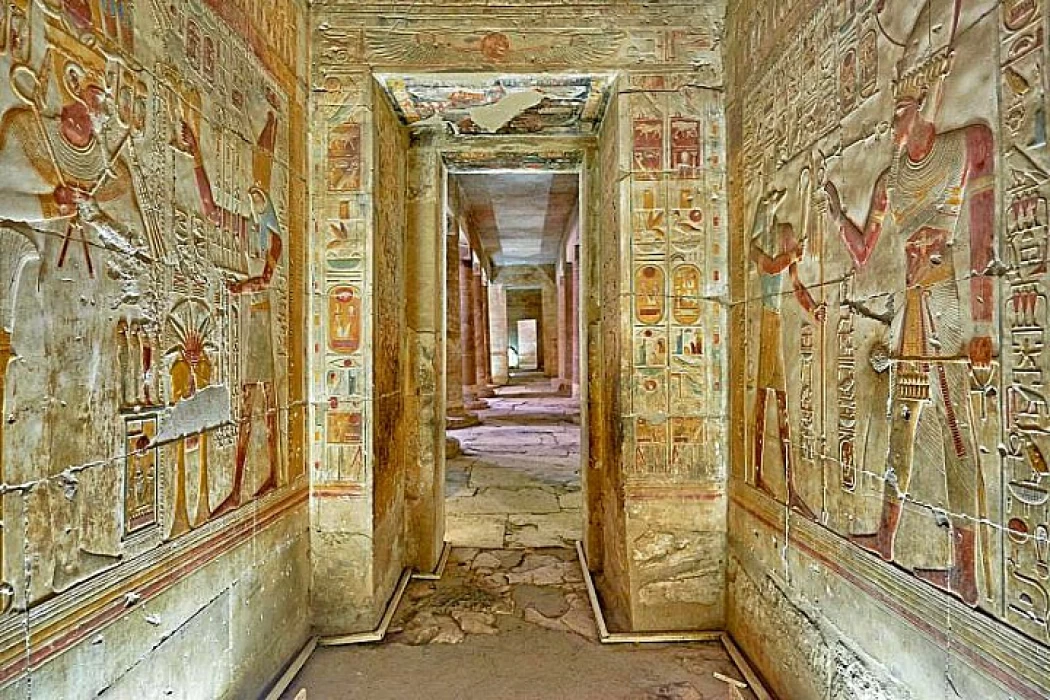
Abydos Temple of Osiris
Abydos Temple of Osiris
Abydos Temple is located in what is now Abydos, a city of a tremendous historical significance from the ancient Egyptian period. This site, accepted as an archeological holy site, has a biased importance in Egypt's cultural and religious heritage.
History background:
In ancient Egyptian civilization, Abydos referred to "Abdu." Later, this site was embraced by the Greeks who for their part were aware of how the site had made its historical mark.
The temples of Abydos were constructed by different pharaohs and proved to be a mark of their devotion to the gods and a means to render their rule eternal.
Temple of Seti I
One of the Temples of Abydos, the Seti I Temple, the grave of the Egyptian deity, "the god of the dead world, and therefore the underworld," is found in town, as ancient Egyptians believed, and they additionally believed within the ancient Egyptian faith, wherever his head was buried. The temple was created throughout the reign of King Seti I and was completed by Rameses II and Merenptah, his son and grandchild.
The temple of Seti I has an uncommon layout; it had been inbuilt in the form of an inverted letter “L.” It additionally includes the foremost entire list of kings and rulers of Egypt, similar to the gods of ancient Egypt.
Nile Valley
There are seven shrines dedicated to seven gods as follows: Seti I as a deified king, Horus, Amon Ra, Isis, Osiris, Ptah, and Ra Hor Akhty, and within the temple, you'll be able to find, in addition, the most preserved painted friezes and texts dating from the eighteenth dynasty of Egypt's history. The earliest kings of Egypt, as well as those from the primary kinfolk of Egypt’s history, are buried in town.
We can enter the Temple of town by suggesting that of a for the most part broken pylon and a pair of open courtyards that were engineered by King Seti I’s famed son, Rameses II, throughout the New Kingdom. The first hypostyle hall was additionally created by King Rameses II. Contours represent the King creating offerings to the gods and arming the temple building.
We can then enter the ordinal hypostyle hall that is recognized by twenty-four papyrus columns engineered from arenaceous rock; this half was the last part of the temple to have been embellished by King Seti I, who had given up the ghost before the work was utterly done.
There are square-measure sanctuaries for every god of the seven deities at the rear of this second hypostyle hall (Isis, Horus, Ra-Horakhty, Osiris, Amun-Ra, Ptah, and Seti I). The sanctuary results in Egyptian deity chambers dedicated to the god, his adult female and kid, Isis and Horus, and Seth. Then a bunch of chambers was dedicated to the mysteries of the Egyptian deity and Isis. The sacred boats were held on within the hall and entered additionally within the temple, similar to a sacrifices hall, wherever slaughtering animals to be used for the rituals or offered to the gods passed off. To the left of this can be the passageway recognized as a gallery for the Kings shortly, carved with the king's figures with Rameses II, and an awfully careful list of alternative pharaohs.
Latest Articles
Admin
Seabourn Sojourn Cruise Stops in Safaga Port
The Seabourn Sojourn, the flagship vessel of Seabourn Cruise Line's ultra-luxury fleet, was built in 2008 at the T. Mariotti shipyard in Genoa, Italy. Measuring 198 metres, it can accommodate up to 450 guests in its 225 spacious all-suite staterooms.
Admin
Norwegian Sky Cruise Stops in Safaga Port
Norwegian Cruise Line operates a cruise ship called the Norwegian Sky. It was constructed in 1999 and can accommodate 2,004 passengers in addition to 878 crew members. The ship has several dining establishments, lounges and bars, a spa and fitness center, swimming pools, and a number of entertainment areas.
Admin
Explora II Cruise Stops in Safaga Port
Explora II, the second vessel in the Explora Journeys fleet, sets sail in 2024 to redefine luxury cruising. With 461 ocean-front suites, 9 culinary experiences, and 4 pools, this haven of sophistication and sustainability promises an unforgettable "Ocean State of Mind" journey to inspiring destinations.
Admin
Mein Schiff 6 Cruise Stops in Safaga Port
The Mein Schiff 6 is the latest cruise ship in the renowned TUI Cruises fleet, offering passengers a luxurious and sophisticated cruise experience. At 315 metres long, this floating resort features a range of dining options, entertainment, and recreational facilities, including a spa, fitness centre, and sports amenities.
Admin
Mein Schiff 4 Cruise Stops in Safaga Port
When the Mein Schiff 4 cruise ship docks in Safaga, Egypt, passengers are granted access to a realm of ancient wonders. Aboard this state-of-the-art vessel, guests can embark on meticulously curated shore excursions that showcase the region's most iconic landmarks, including the Giza Pyramids, the enigmatic Sphinx, and the remarkable tombs and temples of the Valley of the Kings in Luxor.
Admin
MS Europa Cruise Stops in Safaga Port
The Silver Moon, Silversea's latest flagship, is a luxury cruise ship that offers an exceptional travel experience for Venezuelans exploring Egypt. With a capacity of 596 guests and an impressive 40,700 gross tonnes, the Silver Moon maintains the small-ship intimacy and spacious all-suite accommodations that are the hallmarks of the Silversea brand.






